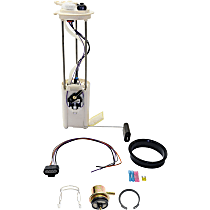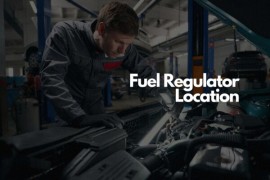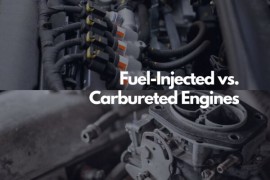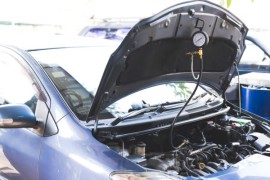{
"lazyNodes": false,
"abFitnotesFlag": false,
"abCrawlReviews": false,
"productOptionsCookie": false,
"orderDelayFlag": false,
"skipSessionCookie": false,
"covidMessage": false,
"fullTitleCookie": false,
"nrLoggerCookie": false,
"checkoutReviewCookie": false,
"productOptionSeqCookie": false,
"maintenanceFlag": false,
"bufferETACookie": false,
"multiShippingDiscountFlag": false,
"newFitmentFlag": false,
"surveyOptInFlag": false,
"crossSellFlag": false,
"skuMappingFlag": false,
"paySplitCookie": false,
"callDisableFlag": false,
"zipPaymentFlag": "u",
"hassleFreeReturn": false,
"lifetimeReplacement": false,
"cpn_off": false
}Need Help? Call Us1-866-529-0412
Select your vehicle
DriveMotive Fuel Pressure Regulators
Refine by:
Shop Catalog
Showing 1 - 1 of 1 results
Sort by:
Part Number: KIT-122018-20
Vehicle Info Required to Guarantee Fit
$66.49
Product Details
Components : (1) Fuel Pressure Regulator and (1) Fuel PumpAssembly : Fuel Pump With ModuleFuel Sending Unit Included : With Fuel Sending UnitPressure Sensor Included : With Pressure SensorCondition : NewQuantity Sold : KitRecommended Use : OE ReplacementOperation : ElectricProduct Fit : Direct FitFlow Rate : 33 to 42 gallons/hourProng Connector : 2 electrical connectors; 4-prong and 3-prong blade connectorsReplaces OE Number : 19153711, 19177272, 21094, 24027, 143446, 143452, 143454, 143459, 219782, 319782, 800329, 2171439, 2171590, 2173072, 2173073, 12574986, 12579942, 12583236, 17113288, 17113517, 17113536, 17113555, 17113660, 17113678, 17122592, 19236428, 19245529, 19245530, 89060418, 89060420, 5G1052, 5G1070, FP10021, FP10238, FPR5, PR121, PR125, PR147, PR217T, PRDL329, SKPR217Warranty : 1-year DriveMotive unlimited-mileage warrantyProp 65 Warning :
![]() WARNING: This product can expose you to chemicals including Lead, which is known to the State of California to cause cancer and birth defects or other reproductive harm. For more information go to www.P65Warnings.ca.gov.
WARNING: This product can expose you to chemicals including Lead, which is known to the State of California to cause cancer and birth defects or other reproductive harm. For more information go to www.P65Warnings.ca.gov.
Page 1 of 1 | Showing 1 - 1 of 1 results
Product Questions & Answers
Q:Will this fit my 2000 Silverado 1500 5.3, 2wd?VIN 2GCEC19TOY 1384815
Michael C.
A:BEST ANSWERHi Michael, thank you for reaching out. No, this will not. Click this link to view the suggested fuel pumps for the 2000 Chevrolet Silverado 1500 with a 5.3-liter engine: https://www.carparts.com/search?q=Fuel_Pump&vehicle[year]=2000&vehicle[make]=Chevrolet&vehicle[model]=Silverado_1500&vehicle[submodel]=Base&vehicle[cylinders]=8&vehicle[liter]=5%2E3&filters[universal]=false&can=CPAP3648_CSQA_20230429
Our generic VIN decoders doesn't show the fuel pump module code. We suggest you reach out to your local dealership regarding the fuel pump module code. I hope this helps. Happy shopping. Show less
Aldrin P.
5 Questions, 1 AnswerView all Q&As >
Related Brands
Helpful Automotive Resources
Where Is the Fuel Regulator Located?The fuel regulator manages fuel flow into the injectors. It has a spring that presses against a diaphragm and is linked to a vacuum hose.
A Beginner’s Guide to Fuel-Injected vs. Carbureted EnginesCarburetors are entirely mechanical, meaning they don’t rely on computers or other electronics to operate. Instead, they work via cables and vacuum systems.
How to Use a Fuel Pressure Tester the Right WayBesides the kit, you’ll need someone to help you rev the engine during testing. The process usually involves the following steps.
Search for the specifications of your vehicle to learn what readings you should expect. This can be done by checking your vehicle owner’s manual.Open the hood and remove the cap




